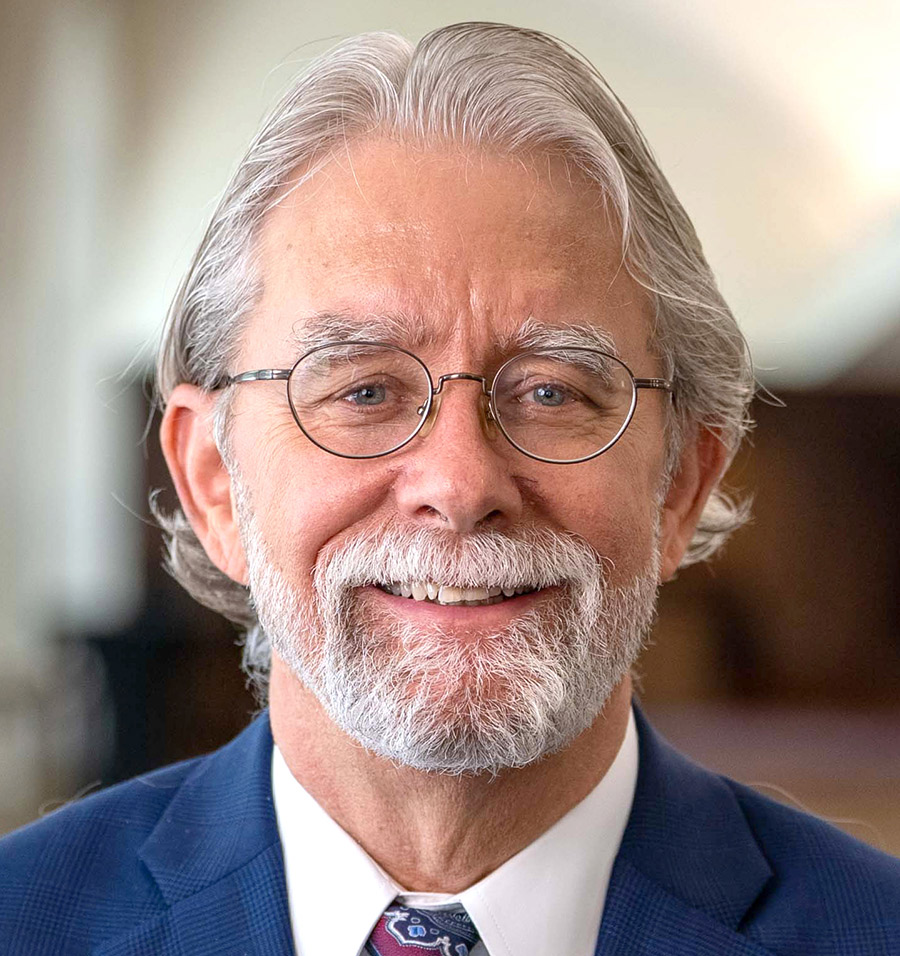
legal insights
Parental rights, the Supreme Court and California law
he subject of parental rights is making its way into school board meeting rooms, Congress and state legislatures, and federal and state courts. Parents are breaking new ground in schools as they make their voices heard on what students should read and are taught and what information about their children they should receive from school employees.
Since Pierce, Supreme Court decisions have further established the rights of parents to make decisions “concerning the care, custody, and control of their children.” (Troxel v. Granville, 530 U.S. 57, 66 (2000).) But for over 50 years, the Court has not issued an opinion directly addressing parental control over their children while at school. The last time the Court considered this topic was in 1972 when it relied on the holdings in Meyer and Pierce to support Amish parents who had challenged Wisconsin’s compulsory education law on First Amendment grounds. The parents wanted to withdraw their children after eighth grade to work on their farm, which the Court supported because “the history and culture of Western civilization reflect a strong parental concern for the nurture and upbringing of their children.” (Wisconsin v. Yoder, 406 U.S. 205, 232 (1972).) With the increased activity by lawmakers to define parental rights and with a growing number of cases filed by parents to further establish their rights, the Court may soon decide the constitutional contour of parental rights relative to their children’s education in classrooms and participation in extracurricular activities.
The Court has found rights not enumerated in the Constitution to be fundamental for a variety of reasons, but one of the most common practices is to interpret a right of privacy as a “liberty” interest in the 14th Amendment, like the right to marry a person of a different race or intimate right to marital privacy. The Court interprets those privacy rights in the 14th Amendment as fundamental because those rights are “deeply rooted” in the nation’s “history and tradition” and “implicit in the concept of ordered liberty.” (Washington v. Glucksberg, 521 U.S. 702, 721 (1997) citing to Loving v. Virginia, 388 U.S. 1 (1967), Griswold v. Connecticut, 381 U.S. 479 (1965).) However, the Court’s recent decision related to the right of privacy limited the right by finding that the right to abortion was not a practice common enough among the states to be a right of privacy that was ever part of our nation’s history and traditions. (Dobbs v. Jackson Women’s Health Organization, 597 US ___ (2022).) Instead, the Court used the rational basis test for a non-fundamental right to overrule precedent that had found this privacy right to be a fundamental right included in the 14th Amendment.
Although the Supreme Court has not considered the breadth of parental rights for decades, nor has it opined on the argument that parental rights are related to the 14th Amendment’s privacy rights, lower federal courts presented with the issue have ruled in various ways. For example, the federal Ninth Circuit Court of Appeals, with jurisdiction over California, has opined that although parental rights are fundamental, the right is limited to deciding where their children go to school, because “what information schools provide [to students] is a matter for the school boards, not the courts, to decide.” (Fields v. Palmdale School District, 447 F. 3d 1187, 1190-91 (2006); CA. Parents for Equalization of Educ. Materials v. Torlakson, 973 F. 3d 1010, 1017 (2020).) It is possible that given the increase in parental rights cases, the Court may take on the topic of parental rights and decide differently than the Ninth Circuit.
Until the Supreme Court responds to these multi-faceted constitutional questions, governing boards in California are bound by the state’s right of privacy and anti-discrimination laws that, in many instances, weigh in favor of protecting the rights of students.